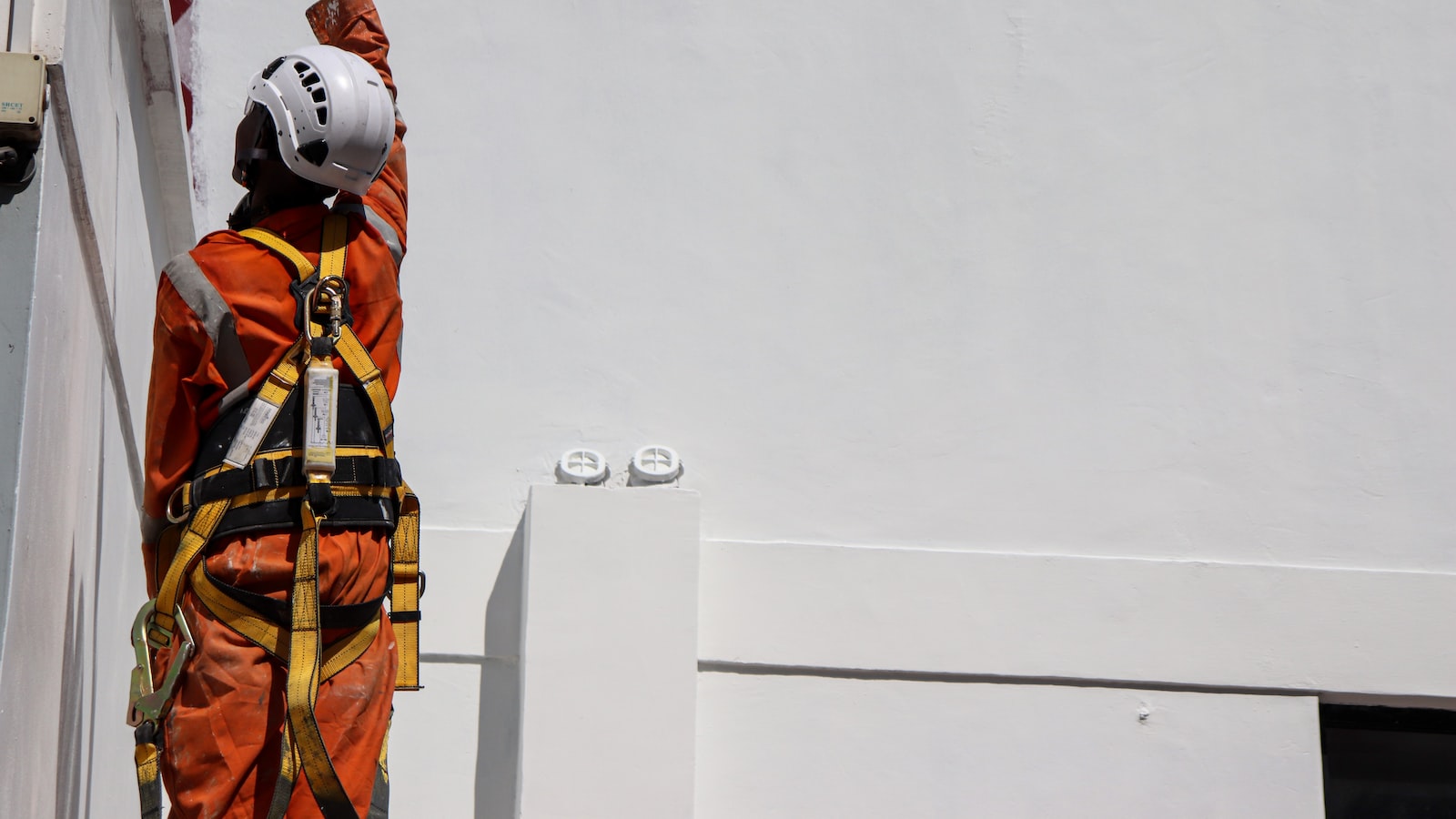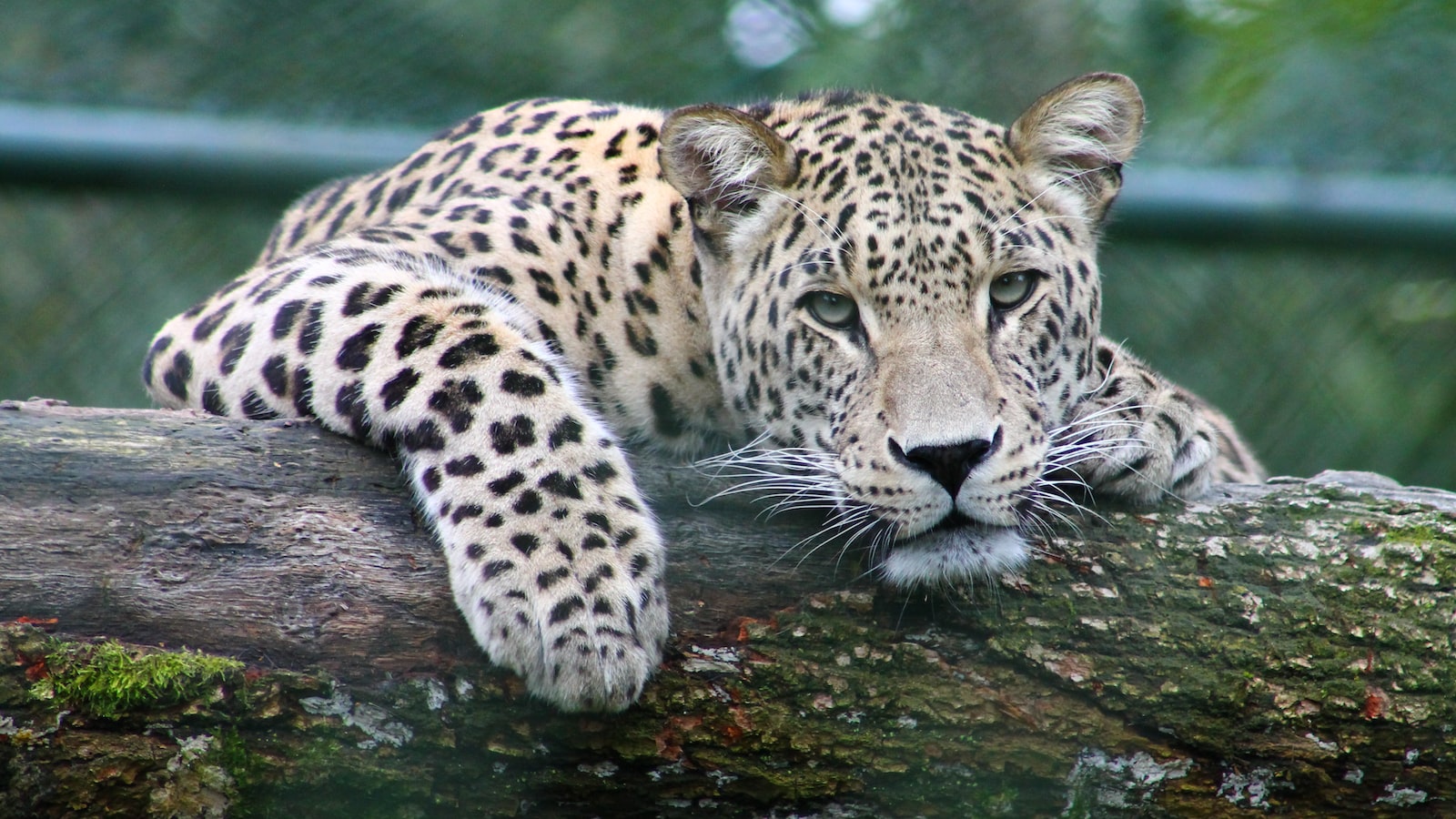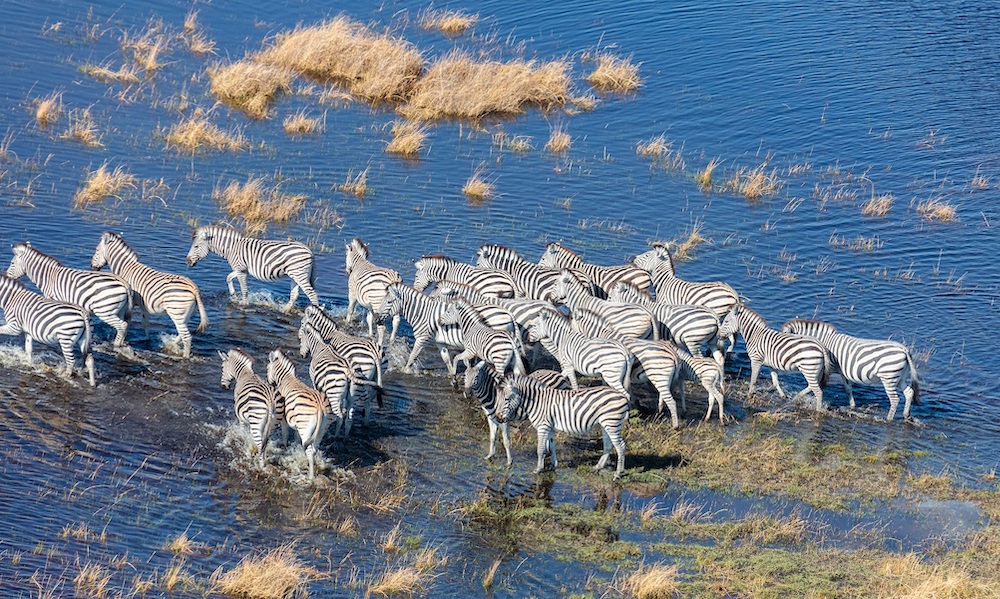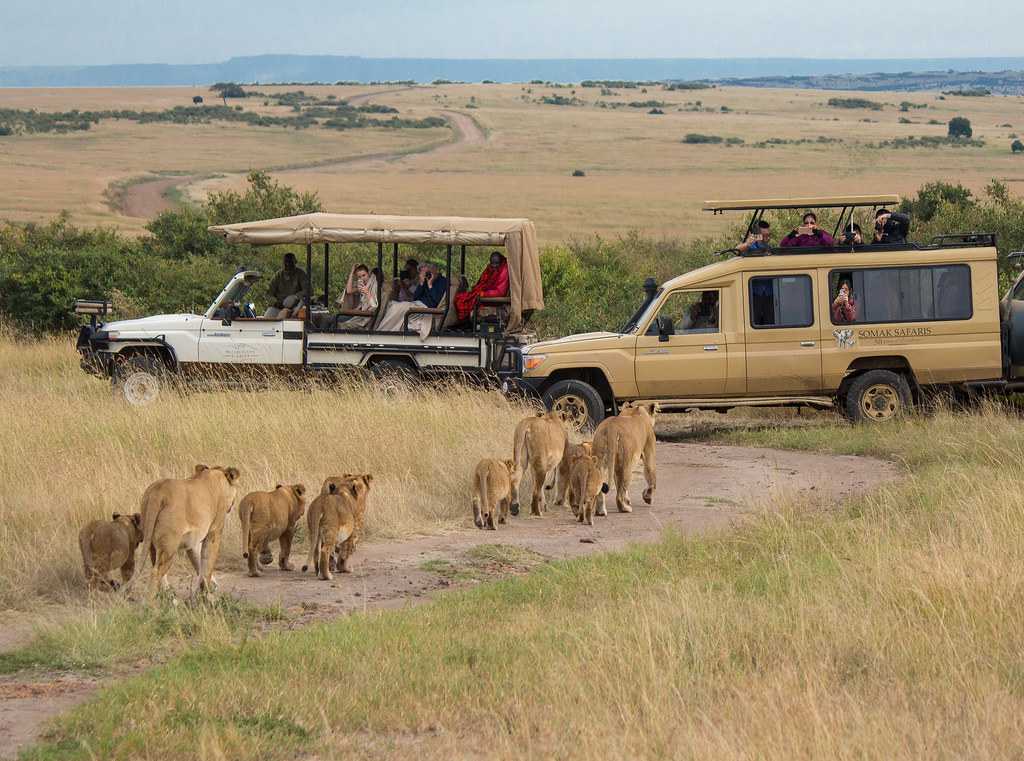Deep in the wilderness of the renowned Masai Mara, where the warm golden grasses dance in the gentle breeze, a tiny creature scampers through the trees with grace and agility. Its enormous eyes, reflecting the starry African night, hold a secret that has fascinated researchers and nature enthusiasts alike for centuries. Ladies and gentlemen, allow me to introduce you to the incredible Bushbaby, also known as the Galago, a mysterious little creature that resides in the heart of this magnificent ecosystem. Embark on a mesmerizing journey with us as we unravel the secrets and marvel at the wonders of these enchanting creatures in their natural habitat – the Masai Mara.
Table of Contents
- The Mischievous and Mysterious Bushbaby: A Closer Look at the Galagos of Masai Mara National Park
- Unveiling the Nocturnal Wonders: Bushbaby Behavior and Adaptations in Masai Mara National Park
- Conservation Concerns: Preserving the Bushbaby Habitat in Masai Mara National Park
- Exploring the Bushbaby Experience: Recommended Safaris in Masai Mara National Park
- Q&A
- Wrapping Up
The Mischievous and Mysterious Bushbaby: A Closer Look at the Galagos of Masai Mara National Park

Deep within the enchanting Masai Mara National Park resides a mischievous and mysterious creature known as the bushbaby. Though petite in size, these agile primates are a sight to behold amidst the dense foliage of the park. With their large, round eyes that gleam like orbs in the moonlight, the bushbaby’s nocturnal antics have captivated both researchers and visitors alike.
Despite their diminutive stature, these elusive creatures possess exceptional leaping ability, allowing them to effortlessly traverse the treetops of Masai Mara. Their long, thin fingers adorned with sharp claws are perfectly suited for grasping branches, giving them an advantage in their pursuit of insects and small fruits that make up their diet. Their nimble bodies are covered in a soft, dense coat of fur, providing excellent camouflage against the lush vegetation.
As the night falls, the bushbaby comes to life, emitting a series of high-pitched vocalizations that echo through the park. Their unique calls serve multiple purposes, ranging from communication with their social groups to asserting territorial dominance. These vocalizations, combined with their expert climbing skills, make the bushbaby a fascinating subject for wildlife enthusiasts and photographers.
While encounters with these enchanting creatures are best sought out during night drives or guided walks, the Masai Mara National Park offers a breathtaking backdrop for observing their behavior. Whether you catch a glimpse of swift movements flickering through the trees or witness a bushbaby leaping gracefully from branch to branch, these magical moments will leave an indelible mark on your safari experience.
Unveiling the Nocturnal Wonders: Bushbaby Behavior and Adaptations in Masai Mara National Park

The Masai Mara National Park, a revered wildlife sanctuary in Kenya, is not only home to the magnificent Big Five but also harbors a hidden nocturnal marvel – the bushbaby, scientifically known as Galago. These enchanting creatures, belonging to the primate family, have captured the fascination of adventurous explorers and wildlife enthusiasts from around the world.
Unveiling the intriguing behavior and extraordinary adaptations of the bushbaby in Masai Mara National Park is an experience like no other. Here are a few remarkable features that make these elusive creatures truly unique:
- Nocturnal Adaptations: With their striking large eyes, the bushbaby has perfected their night vision to navigate the darkness with exceptional precision. Their ability to rotate their heads up to 180 degrees enhances their perception, enabling them to spot prey and predators even in the darkest corners of the park.
- Acrobatic Skills: The bushbaby’s agile and nimble movements allow them to effortlessly leap from branch to branch, reaching incredible heights and distances. With their strong hands and elongated fingers equipped with adhesive pads, they can cling to trees, making them masters of the treetops.
- Unique Vocalizations: As night falls, the symphony of bushbaby calls fills the air in Masai Mara National Park. Their vocalizations, ranging from haunting wails to gentle trills, serve multiple purposes, including territorial communication, mating calls, and parent-offspring communication.
Conservation Concerns: Preserving the Bushbaby Habitat in Masai Mara National Park

The Masai Mara National Park in Kenya is home to a diverse range of wildlife, including the elusive and enchanting bushbaby, also known as the galago. These small, nocturnal primates are an essential part of the park’s ecosystem, and their conservation is crucial to preserving the natural balance of this remarkable habitat.
However, the bushbaby population in Masai Mara National Park is facing several conservation concerns that demand immediate attention. One of the primary challenges is the loss and fragmentation of their habitat, due to human encroachment and the expansion of agricultural activities. This disruption not only displaces the bushbabies but also affects their food sources and puts them at risk of predation. Additionally, the increasing demand for exotic pets has driven illegal smuggling of bushbabies, further endangering their population in the park.
Exploring the Bushbaby Experience: Recommended Safaris in Masai Mara National Park

Masai Mara National Park: A Wildlife Haven
Welcome to the enchanting wilderness of Masai Mara National Park, a true paradise for wildlife enthusiasts. Nestled in the southwestern part of Kenya, this iconic park spans over 1,500 square kilometers and promises an unforgettable safari experience. Boasting breathtaking landscapes, diverse ecosystems, and plentiful wildlife, Masai Mara is one of Africa’s most renowned safari destinations.
Embark on a fascinating journey through the heart of the park and witness nature’s most captivating spectacles. From the annual Great Migration where millions of wildebeest and zebra cross the Mara River in search of fresh grazing, to the abundance of big cats such as lions, leopards, and cheetahs, Masai Mara offers unrivaled opportunities to witness the circle of life in action.
Recommended Safaris for an Authentic Bushbaby Encounter
When it comes to exploring the unique Bushbaby experience, Masai Mara National Park has something extraordinary in store for you. Here are our top recommended safaris to ensure you have a memorable encounter with these elusive and adorable creatures:
-
Nocturnal Discovery Safari: Join expert guides on a thrilling nighttime adventure to witness the mesmerizing sight of Bushbabies in their natural habitat. As darkness falls, these tiny primates come to life, leaping between trees and displaying their incredible agility. Capture the enchanting moments as they use their large eyes to hunt for insects, their primary source of food.
-
Bushbaby Trekking Safari: Embark on a guided trek through the dense bushlands of Masai Mara, allowing you to get up close and personal with these adorable creatures. Observe their intricate grooming rituals, agile movements, and unique calls while your knowledgeable guide imparts fascinating insights about their behavior and habitat.
So, whether you’re a wildlife enthusiast, a photography enthusiast, or simply seeking an unforgettable adventure, a visit to Masai Mara National Park guarantees an awe-inspiring Bushbaby encounter. Immerse yourself in the wonders of nature, witness the untamed beauty of the African savanna, and create memories that will last a lifetime.
Q&A
Q: What is a Bushbaby, and what makes it unique in Masai Mara?
A: A Bushbaby, also known as a Galago, is a small, nocturnal primate found in the captivating Masai Mara region. What makes them truly extraordinary is their remarkable ability to adapt to the diverse and ever-changing landscapes of this world-famous wildlife sanctuary.
Q: How do Bushbabies acquire their name?
A: Bushbabies have earned their name from their endearing appearance and the way they effortlessly navigate through the dense vegetation, resembling a tiny baby jumping through the bushes.
Q: What is their typical behavior in the wild?
A: Despite their small size, Bushbabies boast incredible agility and acrobatic skills. Under the cover of darkness, they stealthily move from tree to tree, leaping almost effortlessly through the foliage thanks to their immensely powerful leg muscles. Renowned for their remarkable jumping ability, they can leap up to 20 feet between branches!
Q: How do Bushbabies survive in their unique habitat?
A: Adaptability is the key to their survival in Masai Mara. Bushbabies have evolved to make the most of their environment by having large, sensitive eyes that provide excellent night vision. Their enormous ears, which can rotate independently, help them detect even the tiniest sound, enabling them to avoid predators and locate their next meal with great precision.
Q: What do Bushbabies eat, and how do they find their food?
A: Bushbabies are omnivorous, consuming a varied diet consisting of insects, fruits, tree gums, and nectar. Using their well-developed sense of smell and exceptional leaping skills, they leap from tree to tree in search of their preferred delicacies. Their elongated fingers and acute sense of touch aid them in catching prey and plucking fruits and flowers.
Q: Could you describe their physical appearance?
A: Bushbabies possess soft fur that varies in color from grayish-brown to reddish-brown, camouflaging them perfectly in the branches. Their large eyes are emphasized by dark circles around them, making them irresistibly enchanting. With their small button-like nose, tufted ears, and long, bushy tail, Bushbabies have an appearance that truly depicts their playful and mischievous nature.
Q: Are there any conservation efforts in place to protect Bushbabies in Masai Mara?
A: Yes, indeed! Recognizing the importance of these incredible creatures for the local ecosystem, several conservation organizations collaborate with local communities to raise awareness about the conservation of Bushbabies and their habitats. By promoting sustainable tourism practices and education, efforts are being made to ensure their survival for generations to come.
Q: Can visitors spot Bushbabies while on a safari in Masai Mara?
A: Spotting a Bushbaby during a safari can be quite challenging due to their nocturnal habits and small size. However, with the assistance of experienced guides and expert trackers, visitors have a chance to catch a glimpse of these elusive creatures. Patience, a keen eye, and a bit of luck are necessary, but the reward of spotting one of these enchanting primates is immeasurable.
Q: How do Bushbabies contribute to the overall biodiversity of Masai Mara?
A: As essential members of the ecosystem, Bushbabies play a crucial role in seed dispersal by consuming fruits and flowers from various plant species. Their diet also includes insects, aiding in biological control. By fulfilling these ecological roles, Bushbabies contribute to the overall health and diversity of Masai Mara’s delicate and intricate web of life.
Q: In conclusion, what makes encountering a Bushbaby in Masai Mara such a memorable experience?
A: The mere possibility of encountering a Bushbaby on safari in Masai Mara leaves a lasting impression on those lucky enough to witness their extraordinary behavior. Their elusive nature, unique physical attributes, and their ability to thrive in such a diverse environment make Bushbabies a true testament to the wonders of the natural world.
Wrapping Up
As the sun bids farewell to the African savannah, the captivating world of the Bushbaby remains forever etched in our minds. With its enchanting eyes and nimble acrobatics, this humble creature has stolen our hearts and spurred our imaginations.
From their secretive tree-top dwellings to their elusive nature, the Bushbaby has evolved to become the epitome of agility and survival in the wild. Their large expressive eyes, like shimmering lanterns in the dark, effortlessly draw us into their nocturnal realm. As they gracefully leap from branch to branch, their nimble limbs seem to defy gravity, leaving us in awe of their incredible adaptability.
Beyond their physical prowess, the Bushbaby’s renowned call echoes through the African night, captivating listeners near and far. A melodious and haunting cry that stirs our deepest emotions, it reminds us of the immense diversity that exists within our natural world.
Though their small size may deceive, the Bushbaby plays a vital role in its ecosystem. Feeding on insects, fruits, and the sweet nectar of flowers, they act as diligent gardeners, pollinating plants and ensuring their continued propagation. Through their simple existence, they are instrumental in the dance of life, connecting the threads that weave together the tapestry of nature.
As we reflect on the wonders of this remarkable creature, let us not forget the fragility of its existence. Rapid deforestation and the encroaching human presence threaten the natural habitats that the Bushbaby calls home. It is up to us, as stewards of the Earth, to ensure the preservation of their environment, allowing future generations the privilege of sharing the stage with these captivating creatures.
So, let the story of the Bushbaby become a beacon of hope, reminding us of the delicate balance that sustains our planet. As we venture forth, seeking a harmonious coexistence with nature, may we always strive to protect and cherish its ethereal wonders, so that future nights may twinkle with the playful gaze of the Bushbaby once more.




